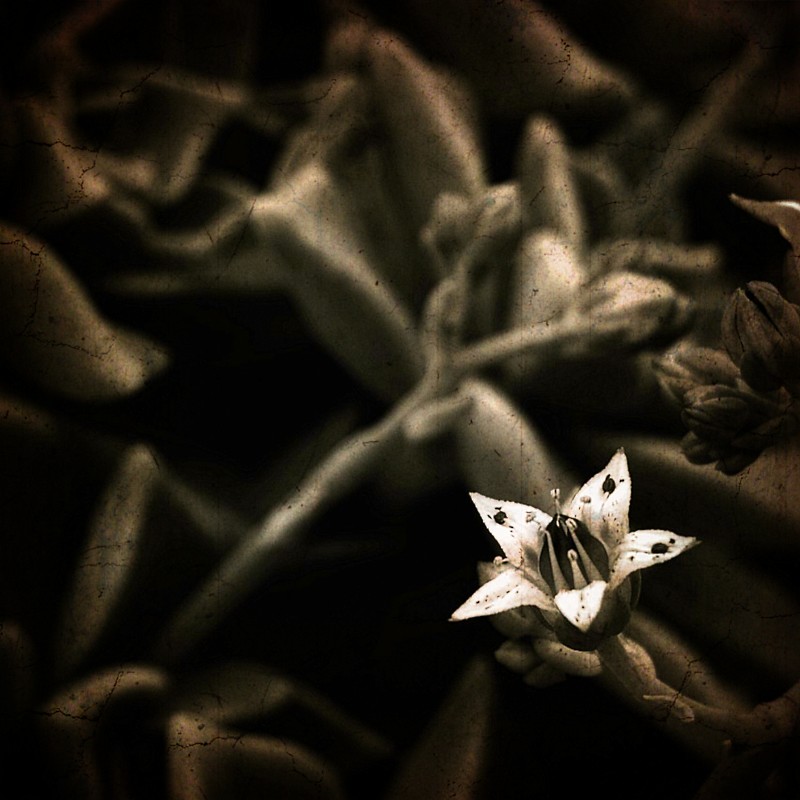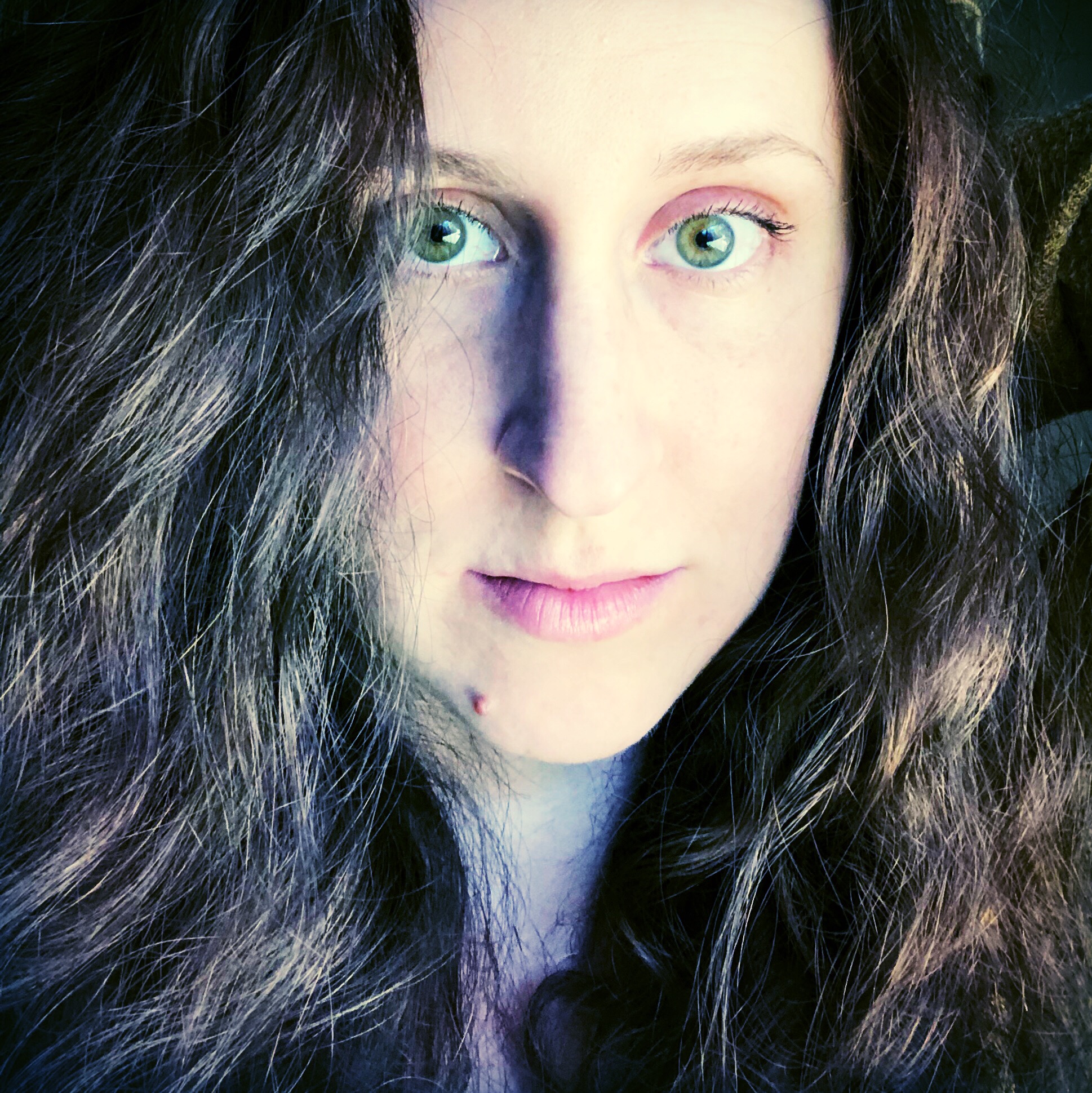
“Catharsis” by Nelio Filipe
There’s a joke/not joke I’ve mentioned to a couple of my writing friends lately about that horrible moment of realization when you see quite clearly that your character is you. You’ve done all this work to develop her and fill out her background and give her a powerful, interesting arc, and then you realize it’s totally you. Most writers have that moment at some point, I think. Some of us very intentionally put ourselves in our fiction. But sometimes it sneaks up on us even when we think we haven’t. We come up against an unexpected intensity of emotion while we’re writing or revising or what have you, and we realize it’s so hard because we’re not just putting it on the page; we’re working through it in our hearts. So my “joke” is that all of my characters are me. Not just the protagonists, either, but all of them, in every book: main character, supporting, minor, even antagonists. They’re all shades of me.
I wonder if to non-writers that sounds like an egocentric statement. I suppose, in a way, it is, but I also believe, in a way, that it has to be. With beginning writers we see a lot of obvious protagonist/author connections because most everyone’s first book is herself in some fictionalized capacity. It’s kind of gentle joke among critique circles (gentle because we almost all do it, so no one’s judging): the main character’s name is suspiciously like the author’s, they have the same job, same ethnicity, age, family history, hairstyle, hobbies, etc. Sure, it might be set in space or 1885 or all the characters are dogs instead of people, but we’re not fooling anybody. I think it’s only natural for people who want to tell stories to start with their own.
As we write more and more, we learn to branch out. We study characterization and grow bolder, trying to write characters who are more and more different from our own experiences. We pour more depth and diversity into our supporting characters and antagonists, instead of just our protagonists. We write people who, we think, aren’t us.
But writing characters that read like people instead of characters is shockingly difficult. It is so freaking hard to create someone from scratch. We have to start from somewhere. And then we have to build a bridge between that starting place and our own ability to write that person we don’t actually know. That bridge is empathy.
I have a theory that reading a really good book is a form of sympathy, but writing a really good book is empathy. Sympathy isn’t enough to bring someone to life. That’s an outside view. We have to go inside, deep. To do that, we have to find empathy. We can’t just feel for them; we have to feel with them.
The way writers find empathy with characters who are unlike us is by finding the places where there is common ground. We design experiences that are similar to ones we’ve had – if not in surface view than at least in interior view. Maybe you’ve never been a queen betrayed by your closest advisor, but maybe you have been a woman betrayed by your closest friend. The situation is no longer real, but the emotion is. In really good fiction, the emotion must be.
Which is why, I think, really good fiction has so much of the author in it. It’s an unavoidable consequence of creating people from thin air. There’s no such thing as thin air; there is only the pulpy matter of our brains and hearts. There is only us, over and over in hundreds of iterations.
I can sense writers objecting. Hell, I’m objecting. One of the suckiest parts of being a fiction writer is how much people assume they can know about you from your work. Many of us, especially those of us who tend toward darker or deeply emotional work, don’t want readers to assume things about us based on what we write. Horror writers, for example, are sick to death of people assuming we write what we write because we were abused or traumatized. Fiction is fiction for a reason, and although it’s vital for writers to try to put ourselves into our work, it’s impossible for readers to know where and in which capacity we’ve done so. Even things people could pick out as distinctly true from me/my life aren’t reliable representations of how I really feel or what really happened. Frequently I borrow a frame and flip the perspective or take an event and twist the reactions or make up an event and keep the emotions… on and on.
So while it’s impossible for readers to definitively know details about a writer’s life from our fictional work, I also think it’s impossible not to see a writer’s heart in their work. And truly impossible to write anything of great value without pouring our heart into it. Sure, things can be just for fun – I do that too, and it’s wonderful – but everything we choose to do says something revelatory about us.
The bad news is that we, as writers, can’t avoid revealing ourselves to readers.
The good news is that catharsis is a real thing, and every time we write ourselves – villain or hero, sidekick or sage – we purge and learn and grow. We offer something of great importance not just to readers, but to ourselves. We bring ourselves to the page over and over again because that is how we create ourselves, from hundreds of tiny pieces viewed from thousands of different angles, eventually fitting together to shape an imperfect and beautiful whole.
The bad news is that if we want to create powerful, memorable fiction, we can’t avoid doing the emotional work of building a bridge of empathy between ourselves and our characters – i.e., writing ourselves over and over. Digging into the muck bucket.
The good news is that this ability to build bridges of empathy between our experiences and the experiences of characters unlike ourselves is the same ability that allows us to not just sympathize but empathize with human beings unlike ourselves. It’s the foundation of understanding and love on a global scale.
The bad news is that this is really, really hard.
The good news is that it’s worth it.
What say you, writers and readers? Thoughts of all sorts are welcome below.
Share this:
